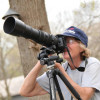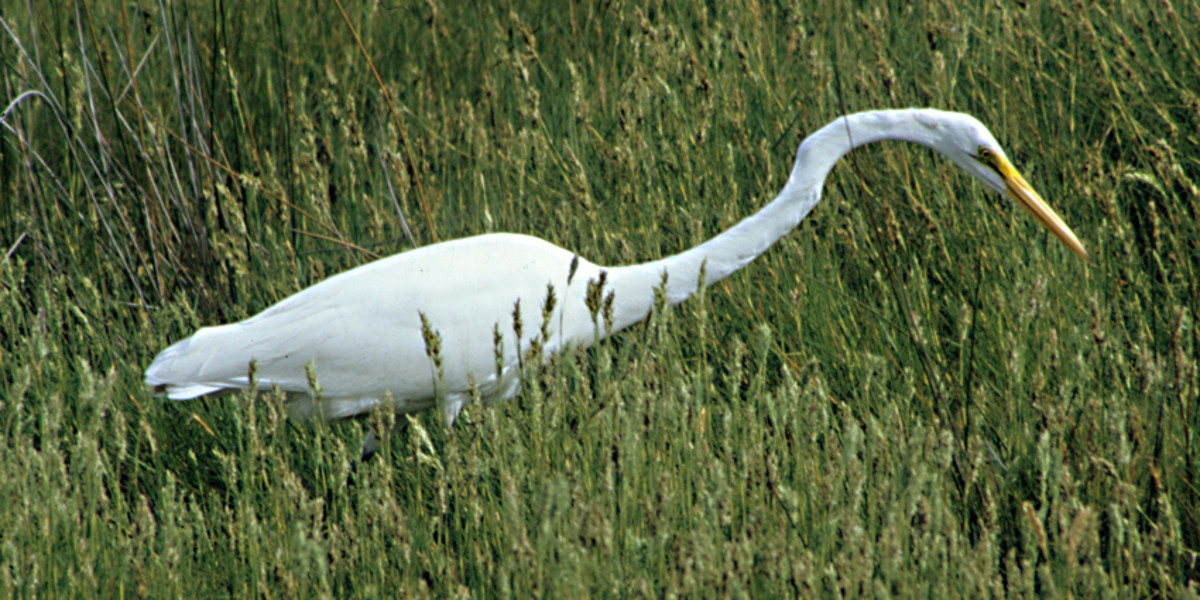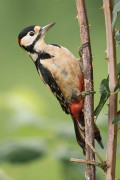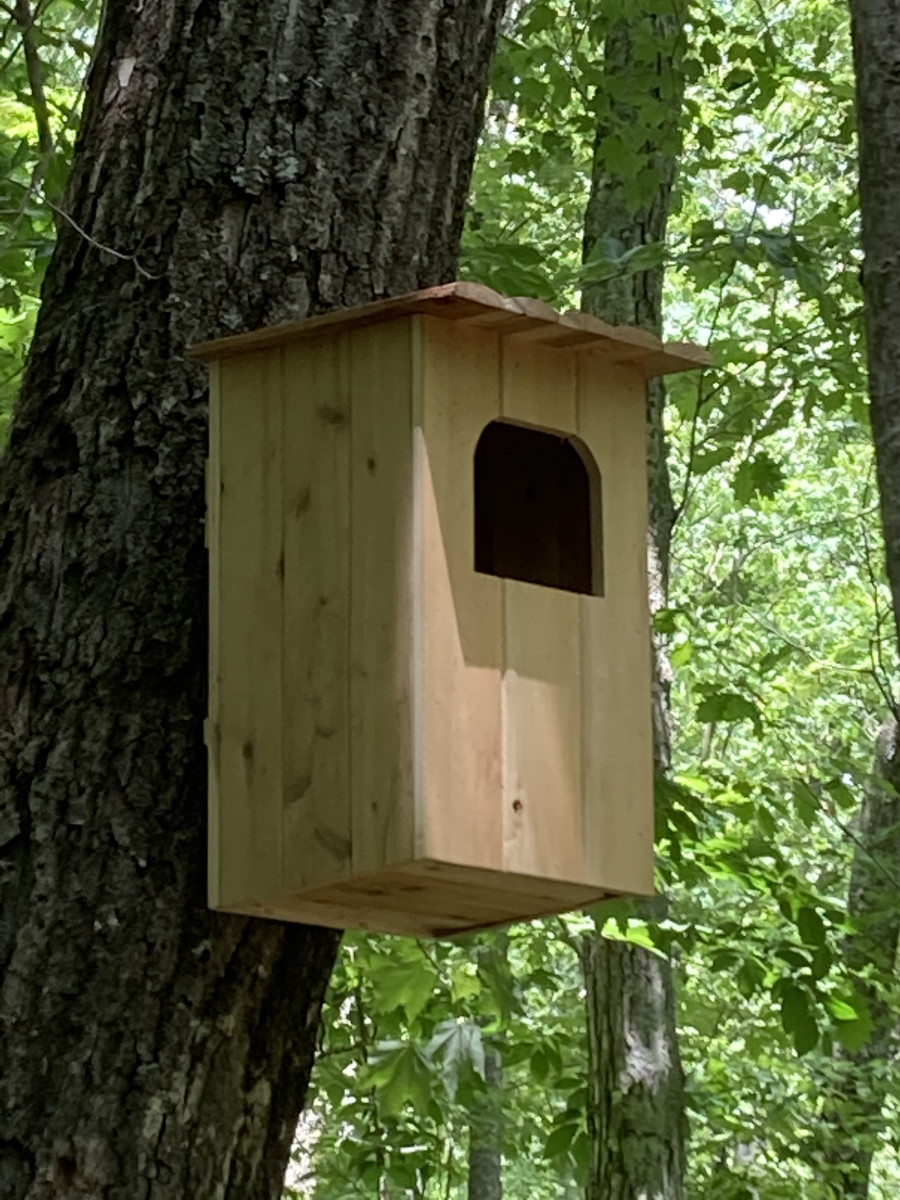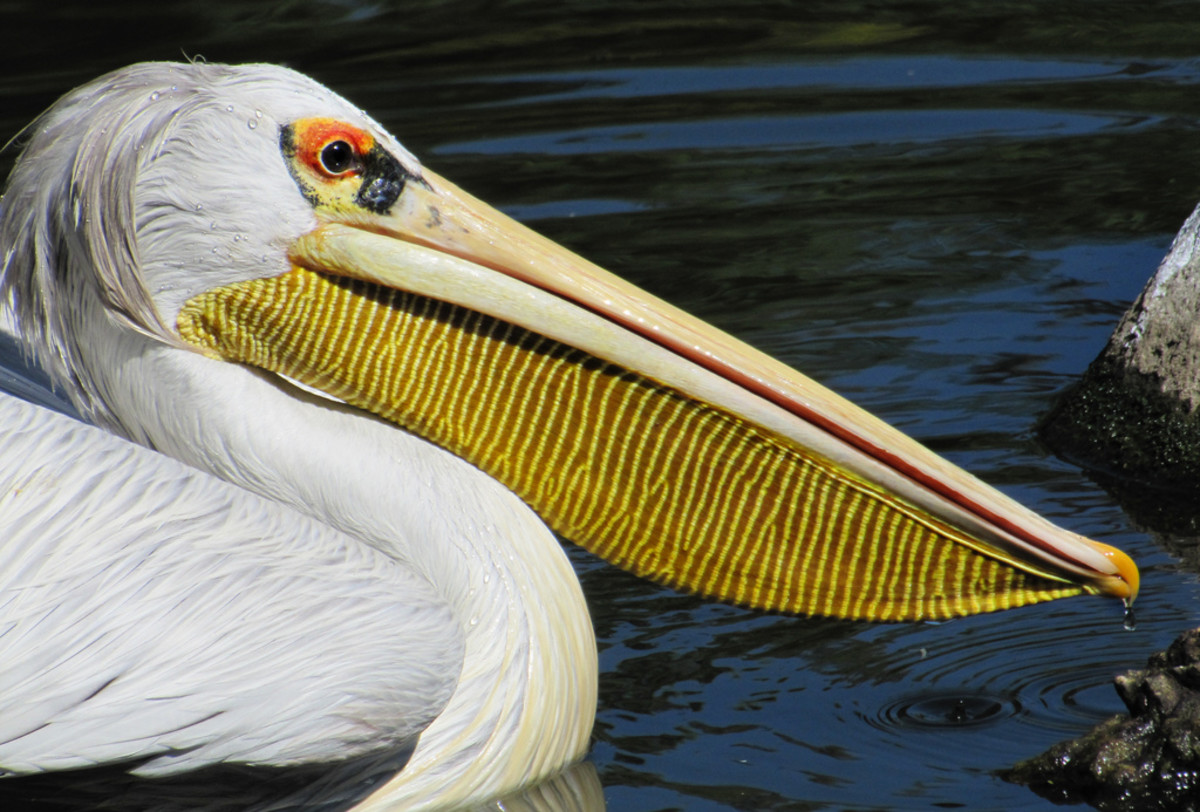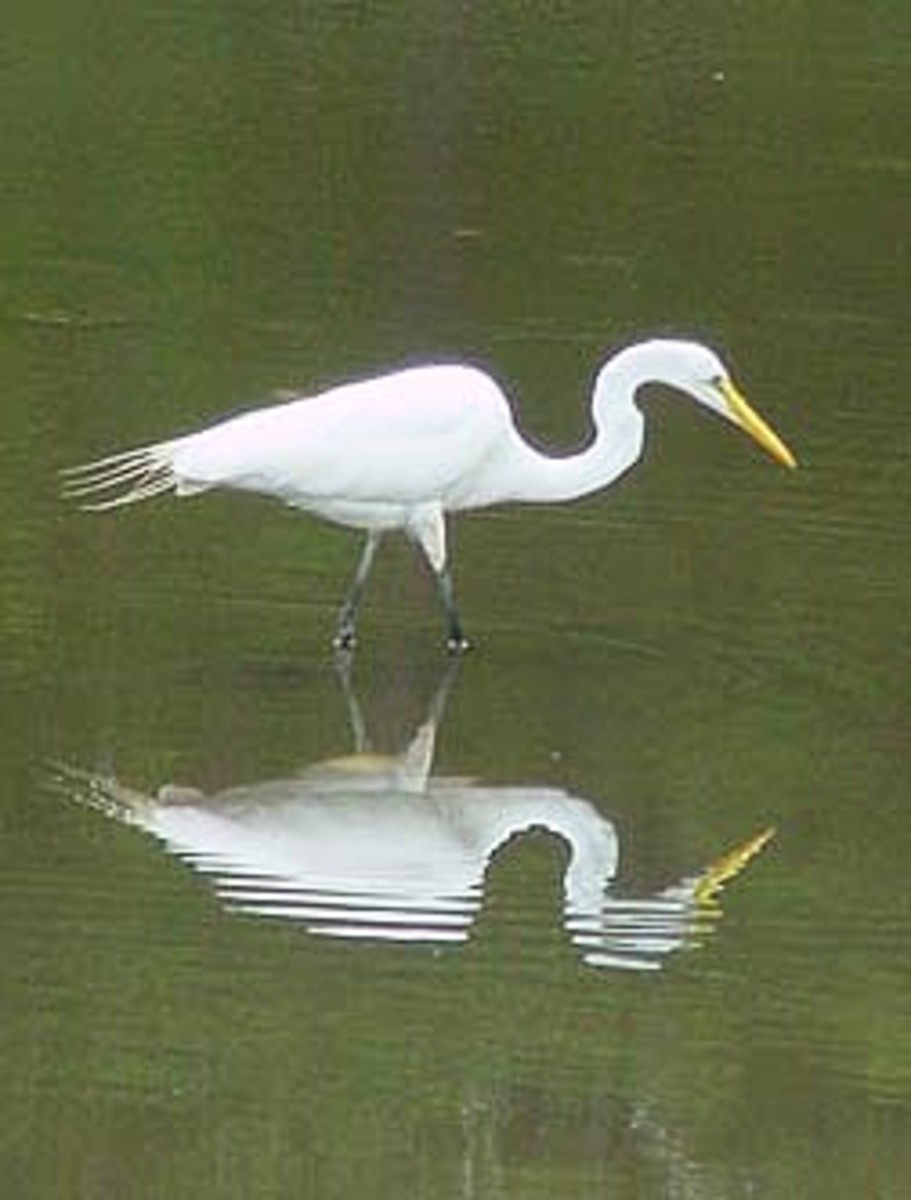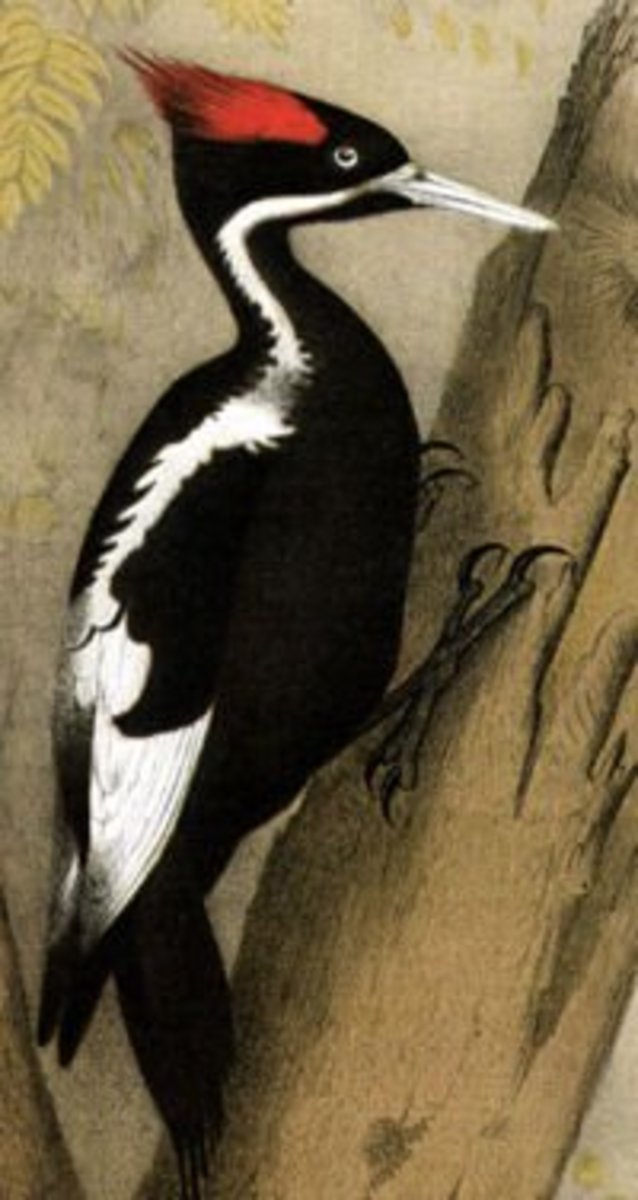Life at Boomer Lake with Deb, Wednesday August 13, 2014
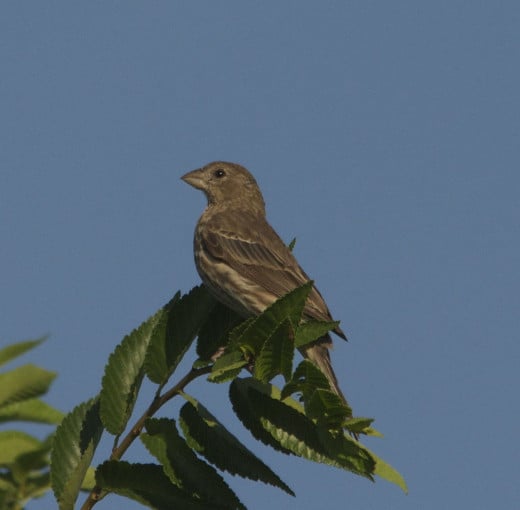
Field Notes
DNA in Feathers Shows Where the Birds Are
It has been determined that certain groups of birds will migrate to specific areas. How has this been discovered? It is through the DNA in feathers! Not all birds go to the same areas, which is described in more detail here:
- http://news.sciencemag.org/biology/2014/08/hidden-bird-migrations-revealed-dna
Feathers and gene chips tell scientists where warblers have been
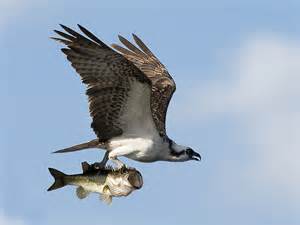
Osprey Project in CT
Watching ospreys all over the country is a wide-ranging volunteer citizen science job. It attracts people from all walks of life, and can give wildlife biologists a lot of information on why nests are vacated. See what is happening in CT.
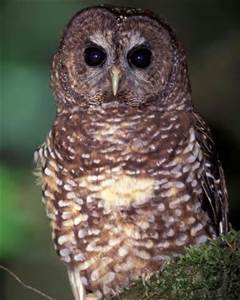
Barred Owl VS. Spotted Owl
Must we shoot the Barred Owl from the east to protect the Spotted Owl from the west, as the Barred Owls migrate west? This article gives us the low down on that is happening to the Spotted Owl after people also went west.
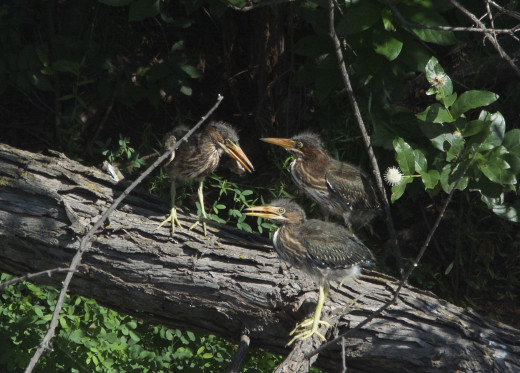
Four Recently Fledged Green Herons
As some of you have already heard, we have four fledged Green Herons. Monitoring their lives over the past three days has been both exciting and a wonderful learning tool in the study of this shy heron. What have we learned? The parenting of this water bird is exemplary, and the youths are given the opportunity to learn at their own pace with a little direction from the experienced parents. To find out more, look at http://aviannovice.hubpages.com/hub/Control-Grouping-of-Green-Heron-Fledglings-on-Boomer-Lake-Stillwater-Oklahoma-2014
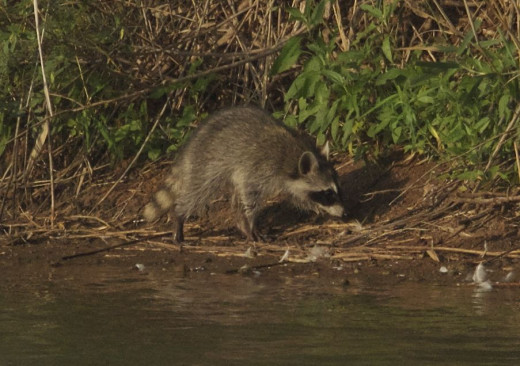
Raccoon(s) on Goose Island
There is at least one raccoon on Goose Island, if not more. Raccoons like eggs, and could have been keeping the Canada Goose population in check on the island. It was noticed that there weren’t as many geese on the island this year. Perhaps the raccoon(s) had something to do with it?
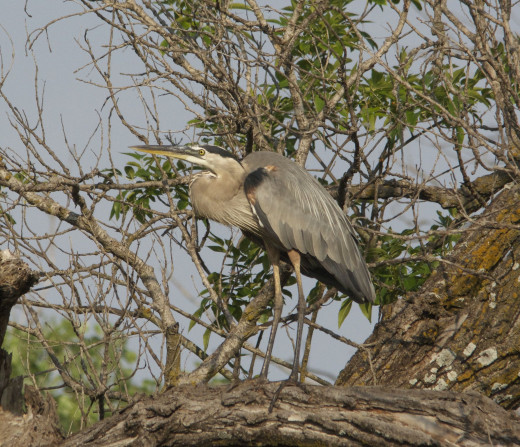
Great Blue Herons and Great Egrets
There are a number of Great Blue Herons and Great Egrets on the water now. It is interesting to observe them, learn how they get their own food, as well as react to other birds. Now is the time to get wonderful shots of water birds, as they have young out of the nest and are going about other natural business. Dust off that birding guide or perhaps even get one, in order to experience the sport of bird watching.
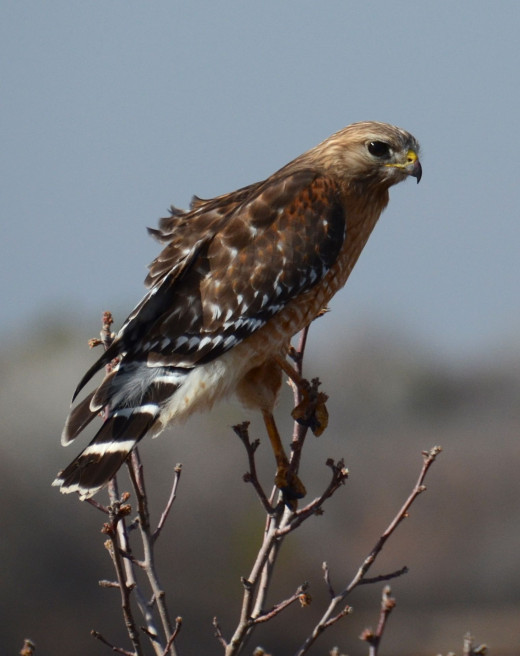
Hawk Migration Coming Up in September and October
Fall is a time of cooler temperatures, as well as a time of hawk migration. Since there is plenty of water at Boomer Lake, I am expecting a healthy migrant population of hawks. There is also plenty of fish to satiate a few visitors, so it is hoped that we might see something out of the ordinary this year.
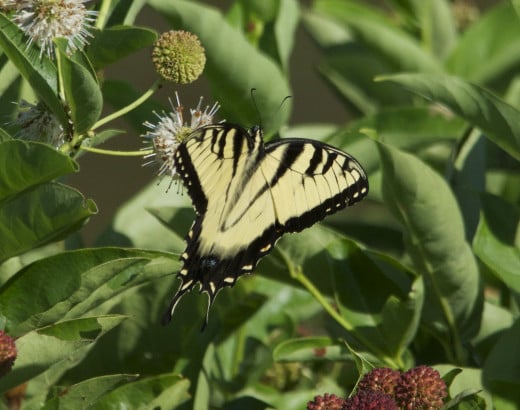
Eastern Tiger Swallowtail
I have seen another butterfly this week that I have not had the opportunity to photograph before. This is the eastern tiger swallowtail, which is one of the largest swallowtails in the area. They should be around until October, but they could migrate even earlier, since some of the birds have done that. If you get the opportunity, you might want to look for them now.
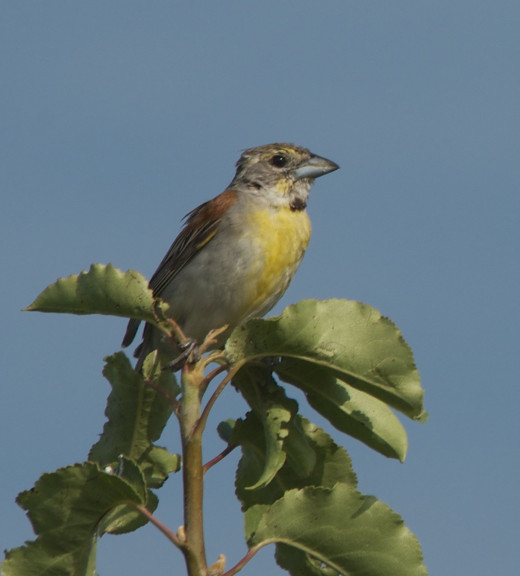
Fall Migrants Are Underway
It is time for everyone to begin watching for other fall migrants. Many of our songbirds have left the area, which is something that they do at night. It is much easier to keep away from predators than to try to battle with them during the day. My understanding is that many of the warblers are as far south as NY now, perhaps even more southerly. They also won’t be as brightly colored as they were in the spring and will be a little worn looking. Be sure to consult your birding guides for the different between the spring and fall migrants in order to identify them.
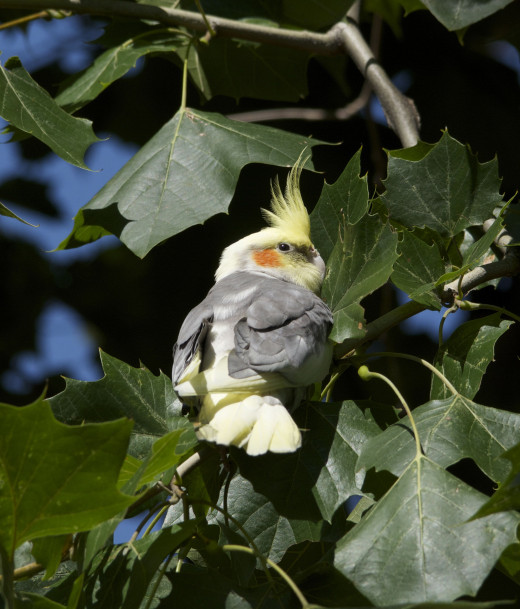
Domestic Birds Have No Business in the Wild
My next door neighbor alerted me that a parrot was on her property. When I went to investigate, I discovered that it was a cockatiel. Sometimes they will get loose by flying out a door if a family member is not aware that they are out of the cage. Other times, they have bitten someone or are not wanted any longer for whatever reason and are simply put out of the house. If someone that you know is frustrated, or tired of a bird, letting them loose is not the answer. There are rescue organizations on line, or contact a local vet to refer you to someone that can take the bird. Since these birds are domestic, they cannot survive on their own, or get the proper nutrition. Please help save a bird today.
I believe that this catches us up for the week. Keep your eyes on the ground and your head in the clouds. Happy birding!
Where Is Boomer Lake Park in Stillwater, OK?
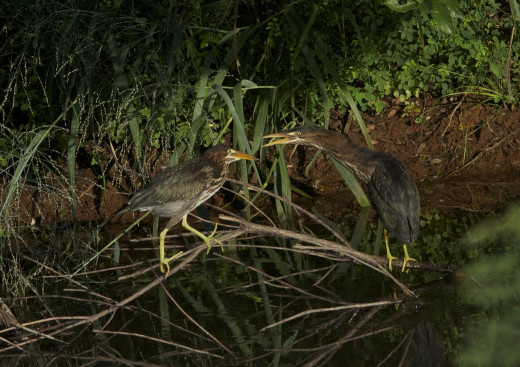
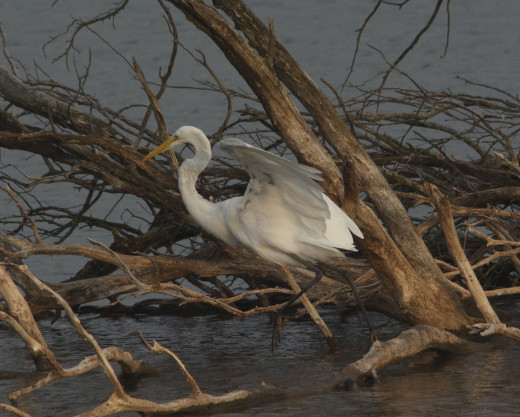
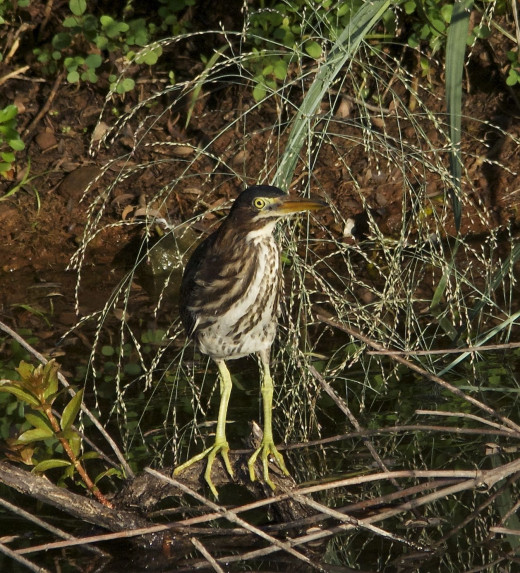
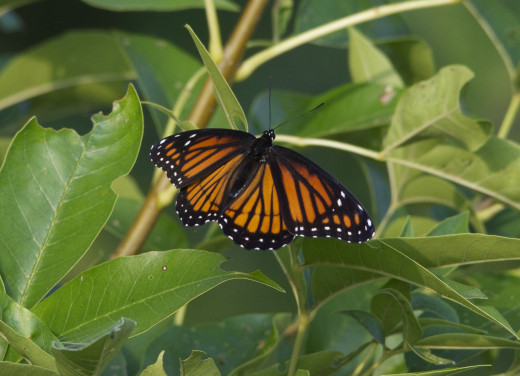
© 2014 Deb Hirt
